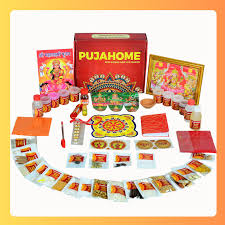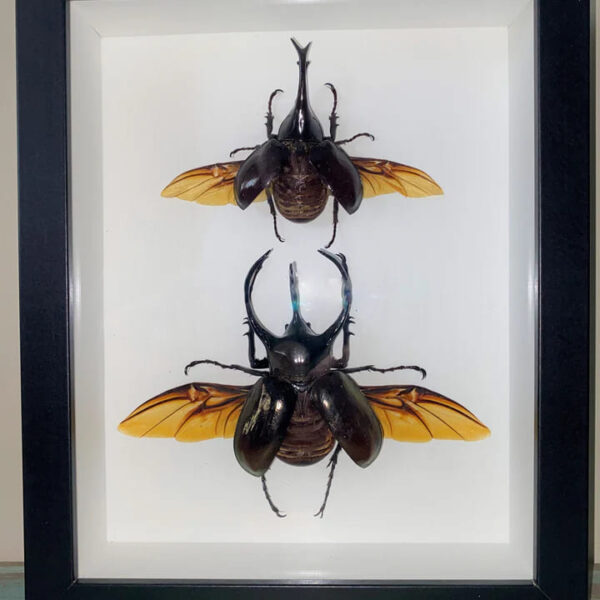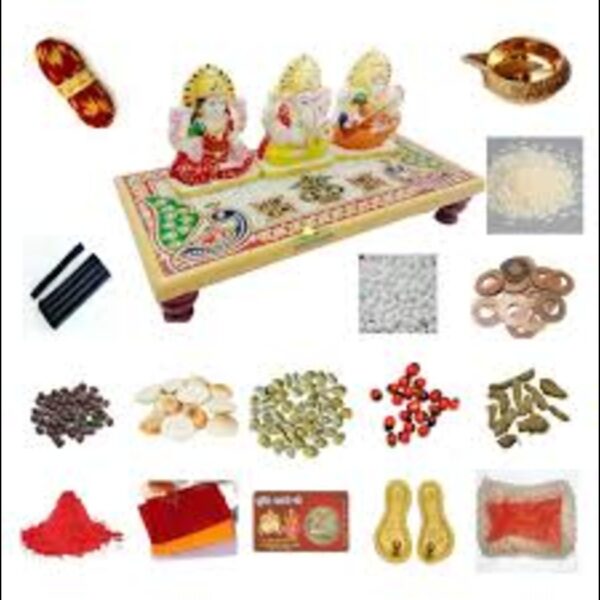
Ganesh Chaturthi, a festival celebrating the birth of Lord Ganesha, is widely observed across India and by Hindus worldwide. During this auspicious occasion, devotees engage in elaborate rituals to invoke the blessings of Lord Ganesha, the remover of obstacles and the harbinger of success and prosperity. Central to these rituals is the preparation and use of specific puja samagri (ritual supplies) that are essential for conducting the ceremonies with devotion and reverence.
Understanding the Significance of Ganesh Chaturthi
Ganesh Chaturthi typically falls in the Hindu month of Bhadrapada (August-September) and culminates on Anant Chaturdashi, the tenth day after Ganesh Chaturthi. It is a vibrant festival marked by the installation of Ganesha idols in homes and public pandals (temporary stages) adorned with decorations and lights.
Lord Ganesha, revered as the deity of wisdom, knowledge, and beginnings, is worshipped during this period with great fervor. The rituals associated with Ganesh Chaturthi include the installation (sthapana) of the idol, daily prayers (puja), offerings (prasadam), and immersion (visarjan) of the idol in water bodies such as rivers or seas.
Importance of the Puja Samagri Kit
The Ganesh Chaturthi Puja Samagri Kit comprises a collection of essential items required to perform the rituals effectively. These items are meticulously chosen to ensure that every aspect of the puja is conducted according to traditional practices and customs. While the specific contents may vary based on regional customs and personal preferences, certain elements are universally recognized as crucial for the Ganesh Chaturthi celebrations.
Components of the Ganesh Chaturthi Puja Samagri Kit
1. Ganesha Idol:
- The centerpiece of the puja, the idol of Lord Ganesha, is typically made of clay or plaster of Paris (PoP). It symbolizes the physical presence of the deity during the festival.
2. Puja Thali:
- A decorated plate or thali used to hold the offerings and other ritual items. It often includes compartments for kumkum (vermilion), turmeric, rice, flowers, and aarti (ritual lamp).
3. Incense Sticks and Dhoop:
- Fragrant incense sticks (agarbatti) and dhoop (incense cones) are lit to create a serene atmosphere and purify the surroundings.
4. Diya and Camphor:
- Diyas (oil lamps) are lit during the aarti (ceremonial prayer), symbolizing the removal of darkness and ignorance. Camphor is also used for aarti and represents the burning away of negativity.
5. Sweets and Fruits:
- Offerings such as modaks (sweet dumplings considered Lord Ganesha’s favorite), fruits, and other sweets are presented to the deity and later distributed as prasadam (blessed food).
6. Coconut, Betel Leaves, and Nuts:
- These items are commonly offered as symbols of auspiciousness and respect during the puja.
7. Rice, Flowers, and Durva Grass:
- Rice grains are used for various rituals, including akshata (rice offerings), while flowers are offered as a symbol of purity and devotion. Durva grass (green grass blades) is considered sacred to Lord Ganesha and is used in the puja.
8. Panchamrit (Five Nectars):
- A mixture of milk, curd, ghee (clarified butter), honey, and sugar, used for abhishekam (ritual bathing) of the idol.
9. Modak Moulds and Decorative Items:
- Moulds used to shape modaks and various decorative items like torans (door hangings), rangoli (decorative patterns), and banners to embellish the puja area.
10. Scriptures and Puja Book:
- Religious scriptures such as the Ganesh Atharvashirsha and a puja book guide the devotees through the rituals, mantras (chants), and procedures.
Rituals and Procedures
The Ganesh Chaturthi Puja begins with the installation of the Ganesha idol on a sanctified platform or altar. The idol is bathed (abhishekam) with Panchamrit or water while chanting mantras. Offerings of sweets, fruits, and other items are made to Lord Ganesha amidst the chanting of Vedic hymns and devotional songs (bhajans). The aarti is performed using a diya or camphor, accompanied by the ringing of bells and rhythmic clapping.
Devotees seek the blessings of Lord Ganesha for wisdom, success, and the removal of obstacles in both spiritual and worldly pursuits. The culmination of the festival involves the immersion (visarjan) of the idol in water, symbolizing the cycle of creation and dissolution.
Cultural Variations and Traditions
While the essence of Ganesh Chaturthi remains consistent across regions, there are variations in customs and traditions. In Maharashtra, for example, the festival is celebrated with elaborate pandals and processions. In Tamil Nadu, it is observed as Vinayaka Chaturthi with unique rituals and offerings.
Conclusion
The Ganesh Chaturthi Puja Samagri Kit plays a pivotal role in ensuring that the festival is celebrated with sincerity and adherence to tradition. Each item in the kit holds symbolic significance and contributes to the holistic experience of worshiping Lord Ganesha. Through rituals and offerings, devotees express their reverence and seek the blessings of the beloved elephant-headed deity.
As the festival continues to unite communities in devotion and celebration, the puja samagri kit remains a cherished companion, facilitating a meaningful connection with spirituality and tradition during Ganesh Chaturthi.
In essence, the Ganesh Chaturthi Puja Samagri Kit embodies the essence of devotion, tradition, and cultural richness, making it an indispensable part of this joyous festival.








